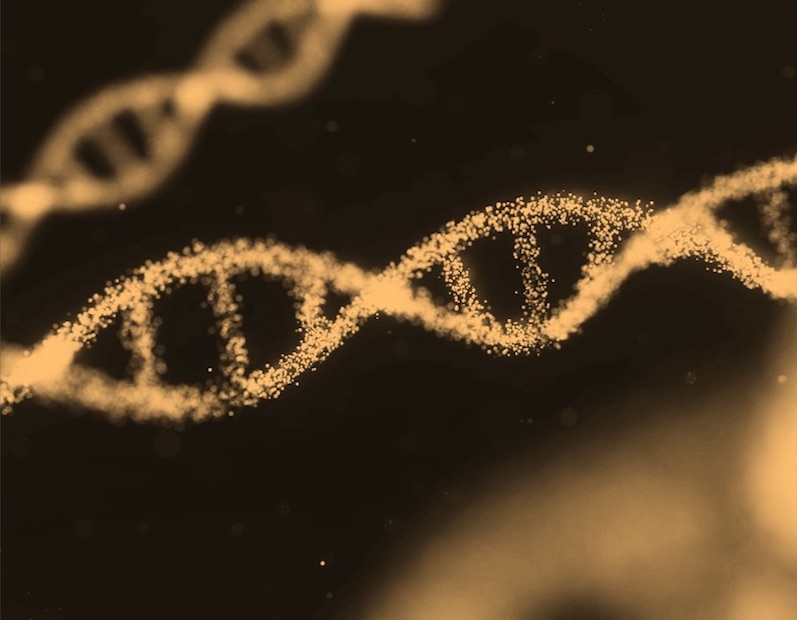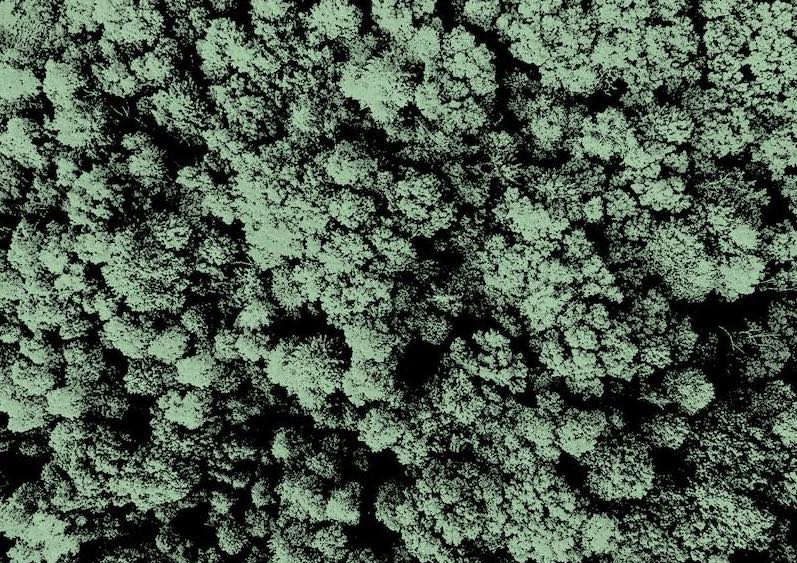What is it about?
Background: Caries is a worldwide distributed oral disease of multifactorial nature, with Streptococcus mutans being the most commonly isolated bacterial agent. The glycosyltransferases of this bacterium would play an essential role in the aetiology and pathogenesis of caries. Aim: We explored how the glucosyltransferase-B (gtf-B) gene variability of S. mutans from children in central Argentina correlated with their caries experience and how these strains were genetically related to those of other countries. Design: Dental examinations were performed on 59 children; dmft and DMFT indexes were calculated. From stimulated saliva, S. mutans was grown and counted (CFU/mL). From bacterial DNA, the gtf-B gene was amplified and sequenced. Alleles were identified and their genealogical relationships established. Clinical, microbiological, and genetic variables were correlated with caries experience. Our sequences were included in a matrix with those from 16 countries (n = 358); genealogical relationships among alleles were obtained. Population genetic analyses were performed for countries with >20 sequences. Results: The mean dmft + DMFT was 6.45. Twenty-two gtf-B alleles were identified here, which showed low genetic differentiation in the network. Caries experience was correlated with CFU/mL, but not with allele variation. Low differentiation was found among the 70 alleles recovered from the 358 sequences and among the countries analyzed. Conclusion: In this study, caries experience in children was correlated with the number of CFU/mL of S. mutans but not with the gtf-B gene variability. Combined genetic analyses of worldwide strains support the theory that this bacterium experienced population expansions, probably associated with agriculture development and/or food industrialization.
Featured Image

Photo by Jonathan Borba on Unsplash
Why is it important?
The study of genetic variation in the glucosyltransferase-B gene of Streptococcus mutans and its relationship with caries experience in children from Córdoba, Argentina, is important for several reasons. First, S. mutans is a major contributor to dental caries, and understanding its genetic factors can help identify children at higher risk, leading to targeted prevention strategies. Second, comparing local strains with those from other countries provides insights into how genetic and environmental factors influence caries development globally. This knowledge can inform public health initiatives and guide clinicians in providing personalized dental care based on genetic predispositions. Overall, the findings enhance our understanding of the interactions between genetics, microbial behavior, and dental health, ultimately improving prevention and treatment strategies for childhood caries.
Perspectives

I see this research as a vital contribution to understanding pediatric dental health. By examining genetic variations in S. mutans, particularly in the glucosyltransferase-B gene, we can identify factors that influence caries risk in children. This study is significant because it compares local strains with those from other countries, offering insights into how genetic differences affect caries prevalence. The findings can inform targeted prevention strategies and emphasize the importance of personalized dental care based on genetic predispositions. Overall, I believe this research will enhance awareness of the link between genetics and dental health, guiding public health initiatives to reduce caries rates among children and improving clinical practices in diverse populations.
Prof. Rosa Mourelle
Universidad Complutense de Madrid
Read the Original
This page is a summary of: Genetic variation in the glucosyltransferase‐B gene of Streptococcus mutans and its relationship with caries experience in children from Córdoba, Argentina, and with strains from other countries, International Journal of Paediatric Dentistry, June 2023, Wiley,
DOI: 10.1111/ipd.13091.
You can read the full text:
Contributors
The following have contributed to this page







